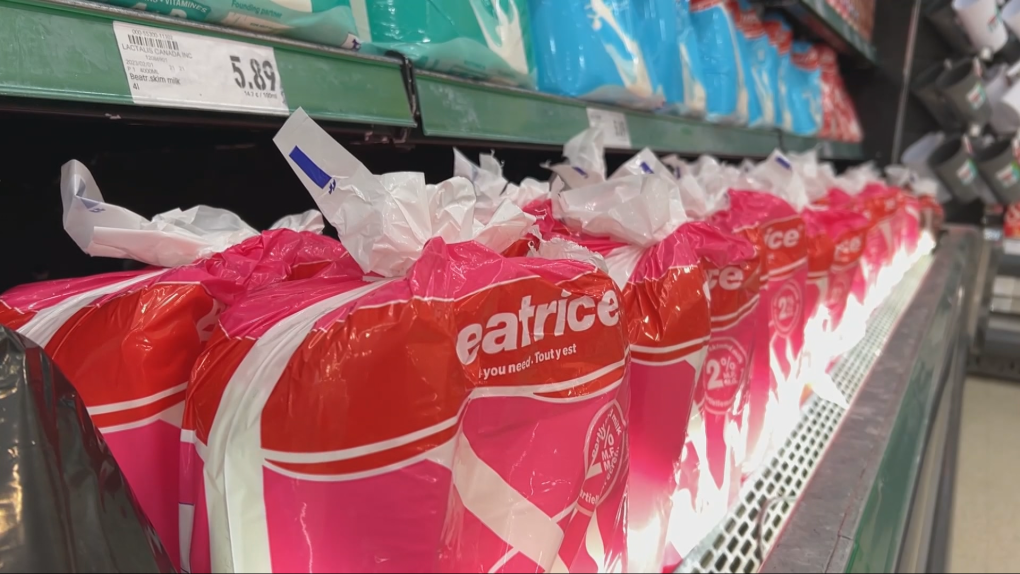“Consumption of milk per capita has gone down every year over the last 30 years,” says Sylvain Charlebois, director of the Agri-Food Analytics Lab at Dalhousie University. “Actually, it’s gone down by more than 20 per cent since 2015.”
While bagged milk is often cited as a unique Canadianism, it’s actually not sold west of Ontario. Those who prefer it, however, say it’s more cost efficient and some even believe it tastes better.



I don’t know if I can sarcastically say ‘sounds like commie shit’ any harder before it would sound like I’m actually against it
That does sound fantastic. How’s the shelf(/fridge) life of the milk?
It seemed on par with jugged/bagged milk as they were pasturizing it. It tasted much better though more like the milk I remember from the UK as a kid. Not sure if they feed differently or just smaller batches that get to market sooner.
I would guess it’s better feed; more grass, less grain
Used to live across the border in Southern BC. Had access to a glass-bottled, “cream-top” (non-homogenized) milk from a local dairy. Fridge life was in-line with regular jugs. Plus, it tasted better and was likely healthier ([EDIT: have not found verification for this at this time] homogenized milk contains fat globules small enough to directly absorb into the bloodstream without digestion, possibly contributing to heart disease).
Do you have a source for the fat molecules bit? That is a wild assertion, crazy if true. But I’m pretty sure fat doesn’t work like that.
I was thinking the same thing. Fat isn’t water (read:blood) soluble, and I have a hard time imagining any significant amount emulsing into your blood stream
Indeed. It is worth noting that fat globules in dairy aren’t JUST lipid. They are really a mixture of lipids, glycolipids, proteins, and other stuff. The glycolipids and proteins have polar and non-polar parts and organize into a membrane around the non-polar (hydrophobic) lipid fraction, keeping it from precipitating out of solution. Effectively, milk fat globules come with their own emulsifiers.
Have been looking for a reputable source on that - busy on work projects. Might be something that has been shown to be bunk at this point. I did, however, find a few recent interesting papers characterizing the physical structural changes that occur with homogenization. IIRC, the average globule size gets reduced to ~1μm in diameter.
Okay so it’s false information, that’s what you’re saying.
I would say that it’s currently unverified and potentially bunk. Have updated the comment to note this and will do so again if I’m not able to find supporting (non-opinion) academic papers. Thank you for asking for evidence and making me reexamine something that I “know”.